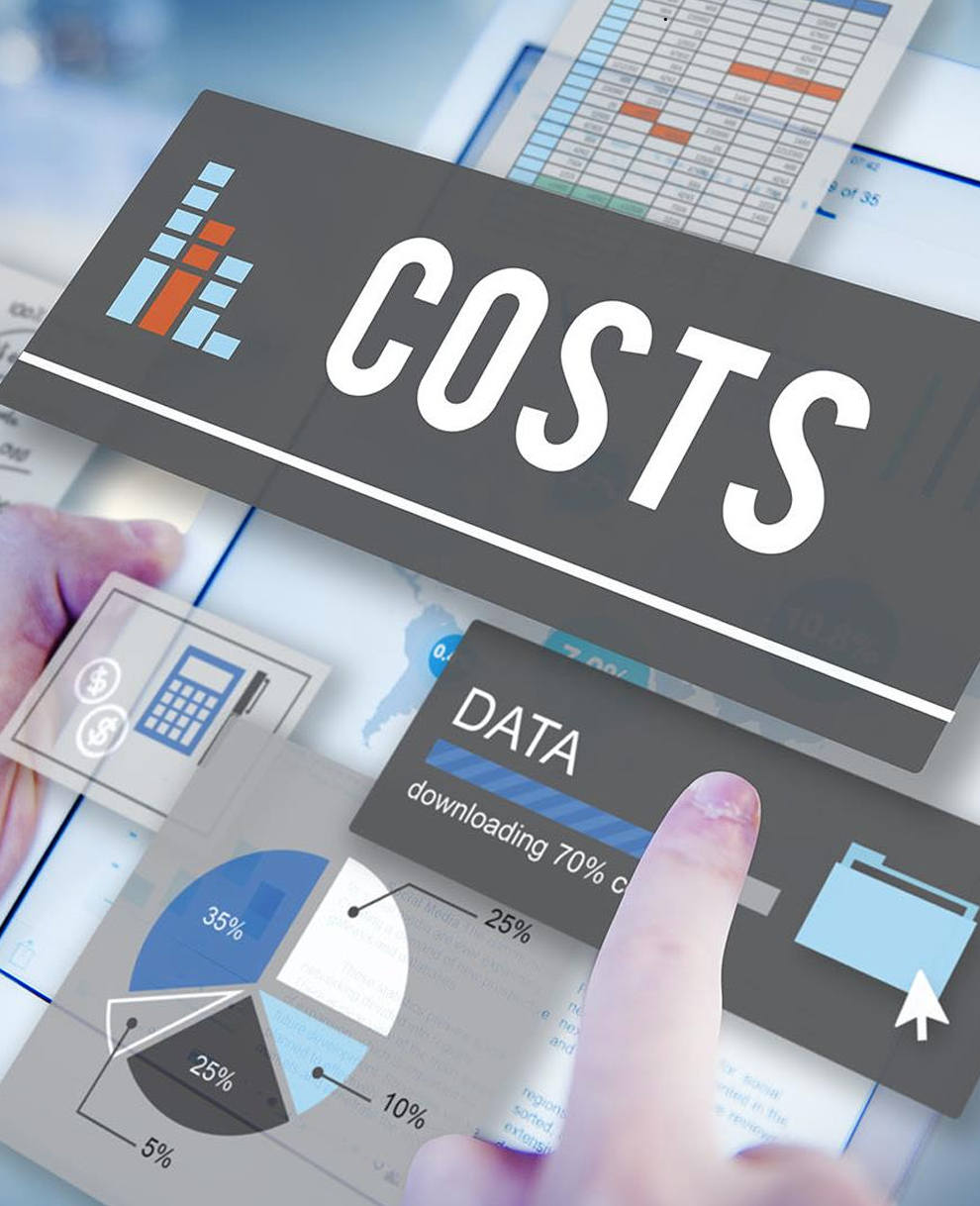
Costing and pricing strategies directly impact your profitability, competitiveness, and cash flow. A proper strategy ensures your prices cover all costs, reflect market conditions, and support your business goals.
It includes:
• Cost structure analysis
Breaks down fixed costs (e.g. rent, salaries) and variable costs (e.g. materials, logistics). Identifies cost drivers and margins at unit and product levels.
• Costing methods
Applies accurate costing models:
• Activity-based costing (ABC)
• Standard costing
• Job-order costing
• Process costing
Used to allocate costs per unit, customer, or process.
• Break-even analysis
Identifies the sales volume required to cover costs and start generating profit. Crucial for pricing decisions.
• Pricing models
Selects the most suitable pricing approach:
• Cost-plus pricing (markup on total cost)
• Value-based pricing (based on perceived value)
• Competitive pricing (based on market rates)
• Dynamic pricing (changes based on demand or time)
• Penetration or skimming (entry strategies)
• Market and customer analysis
Assesses customer willingness to pay, price elasticity, and price sensitivity. Aligns pricing with target segments.
• Profit margin optimization
Balances price, volume, and margin to achieve profit targets. Uses contribution margin and gross profit calculations.
• Pricing psychology and tactics
Applies strategies like tiered pricing, bundling, discounts, or freemium models to influence buying behavior.

